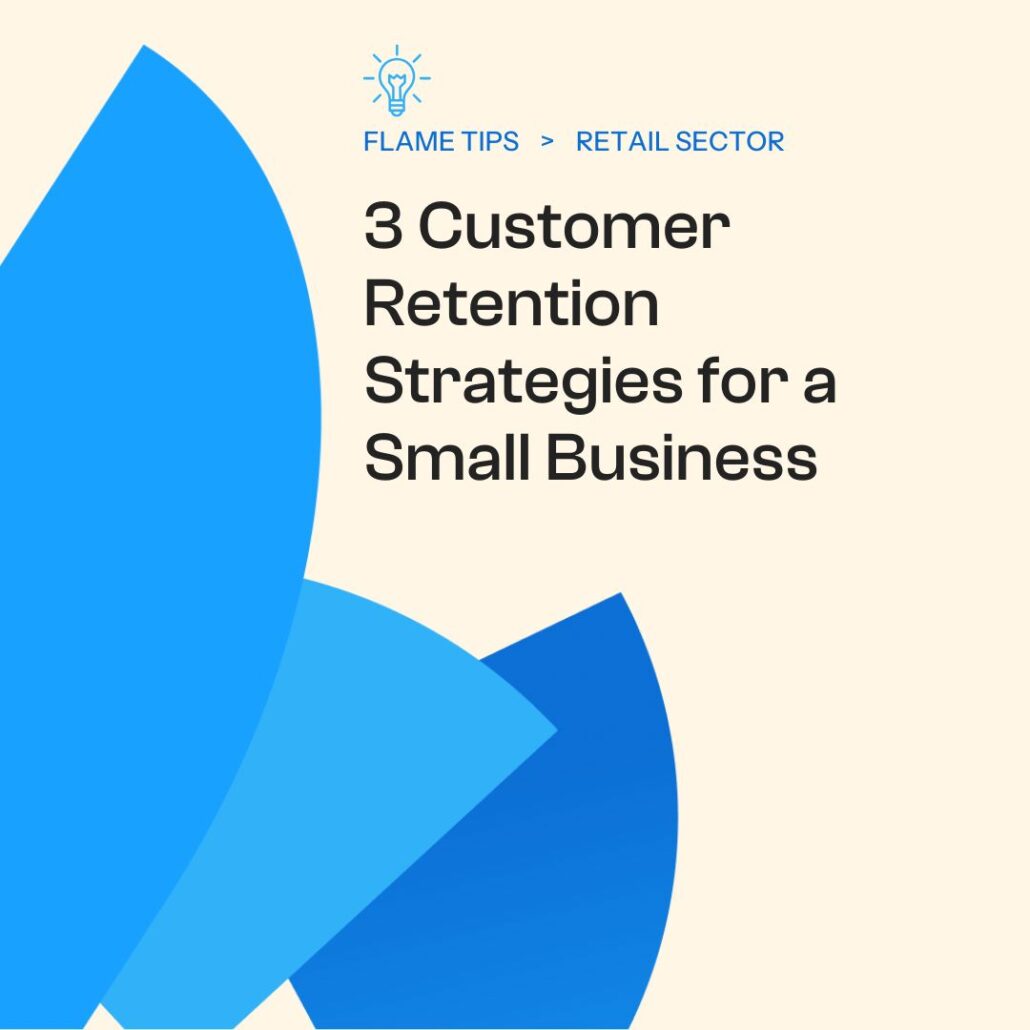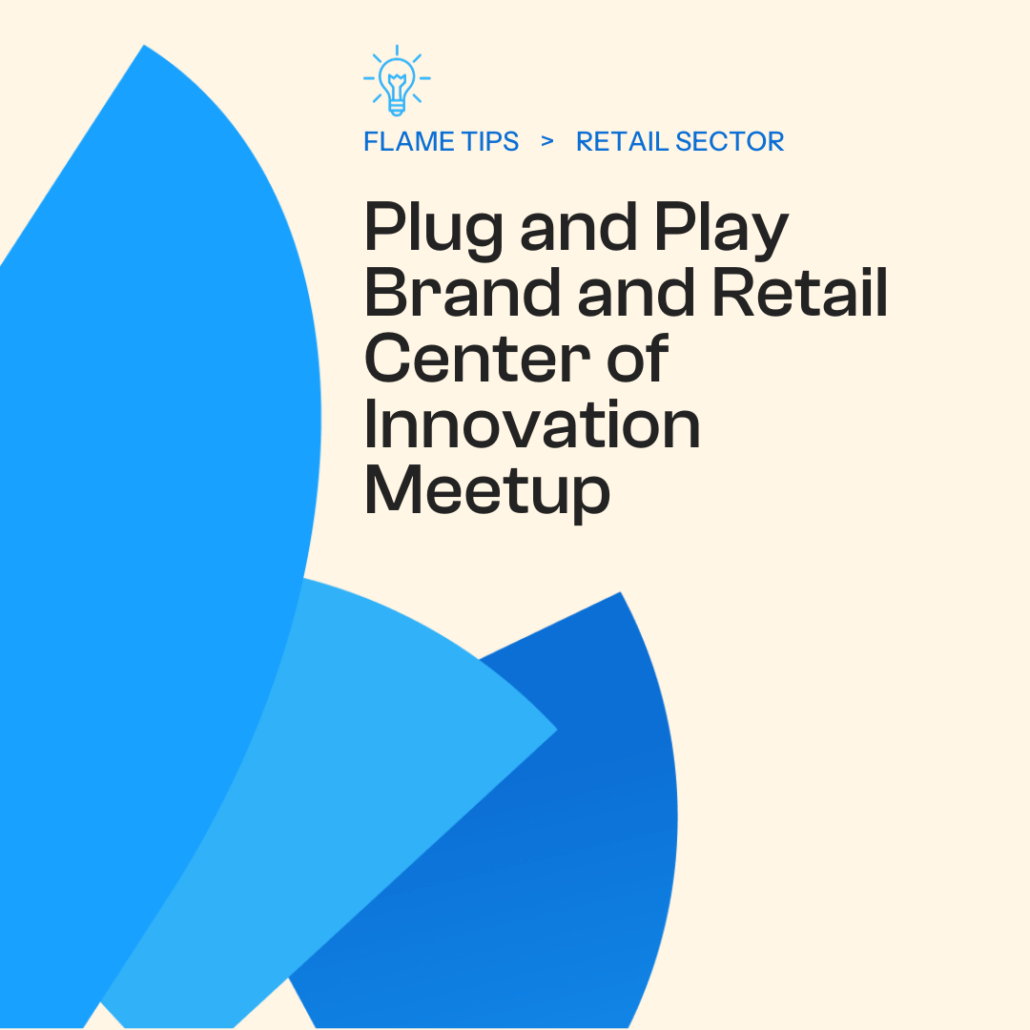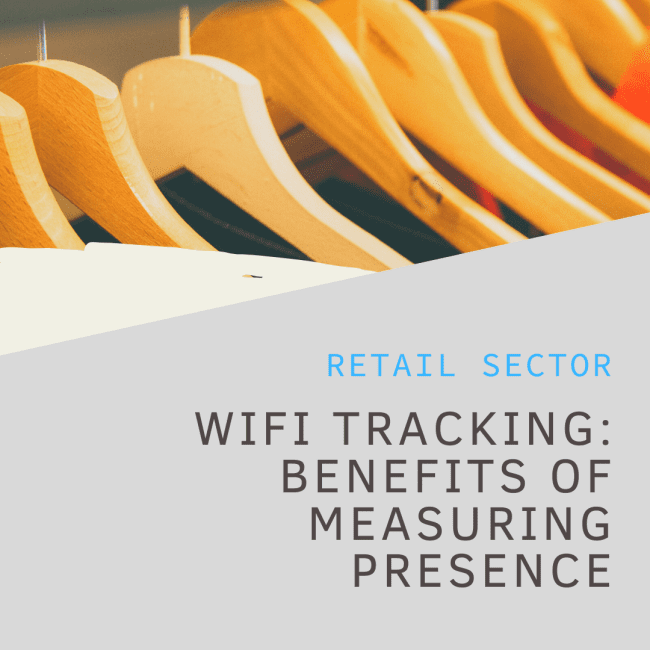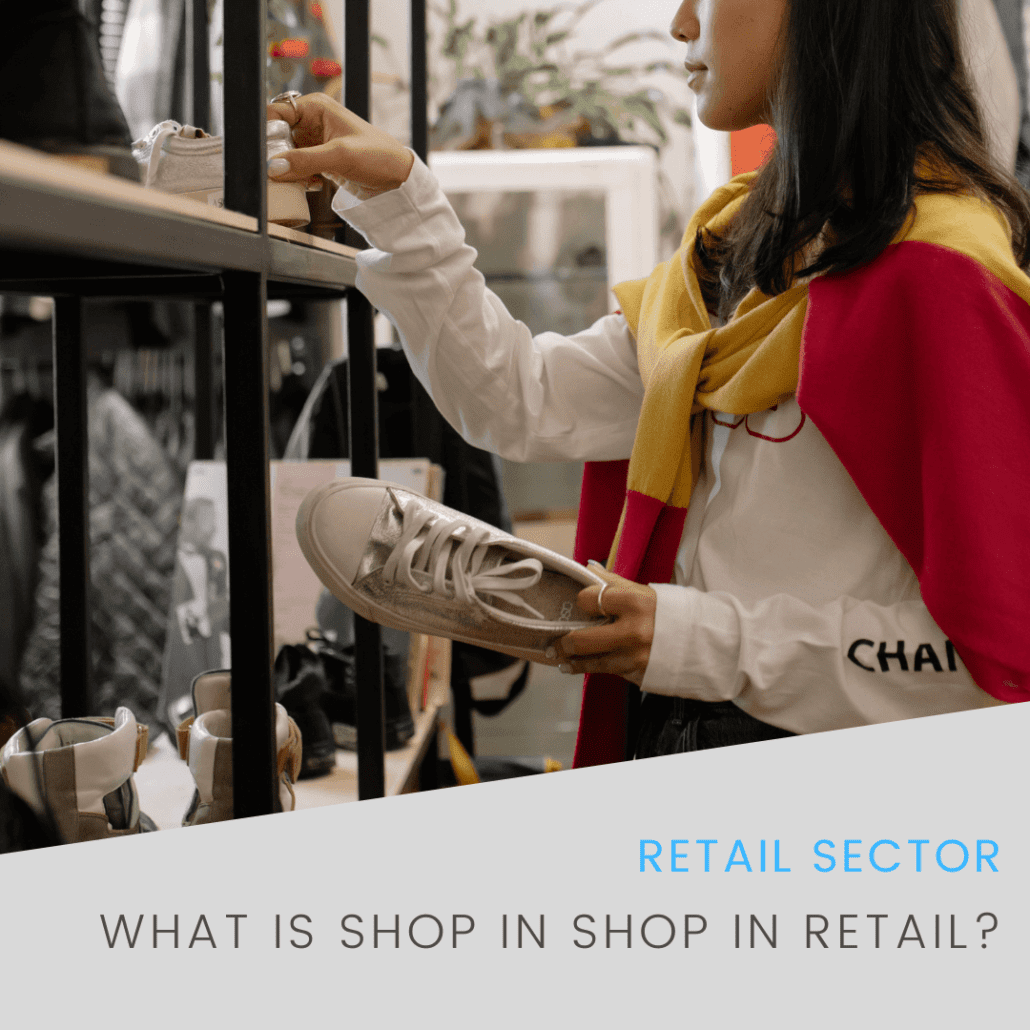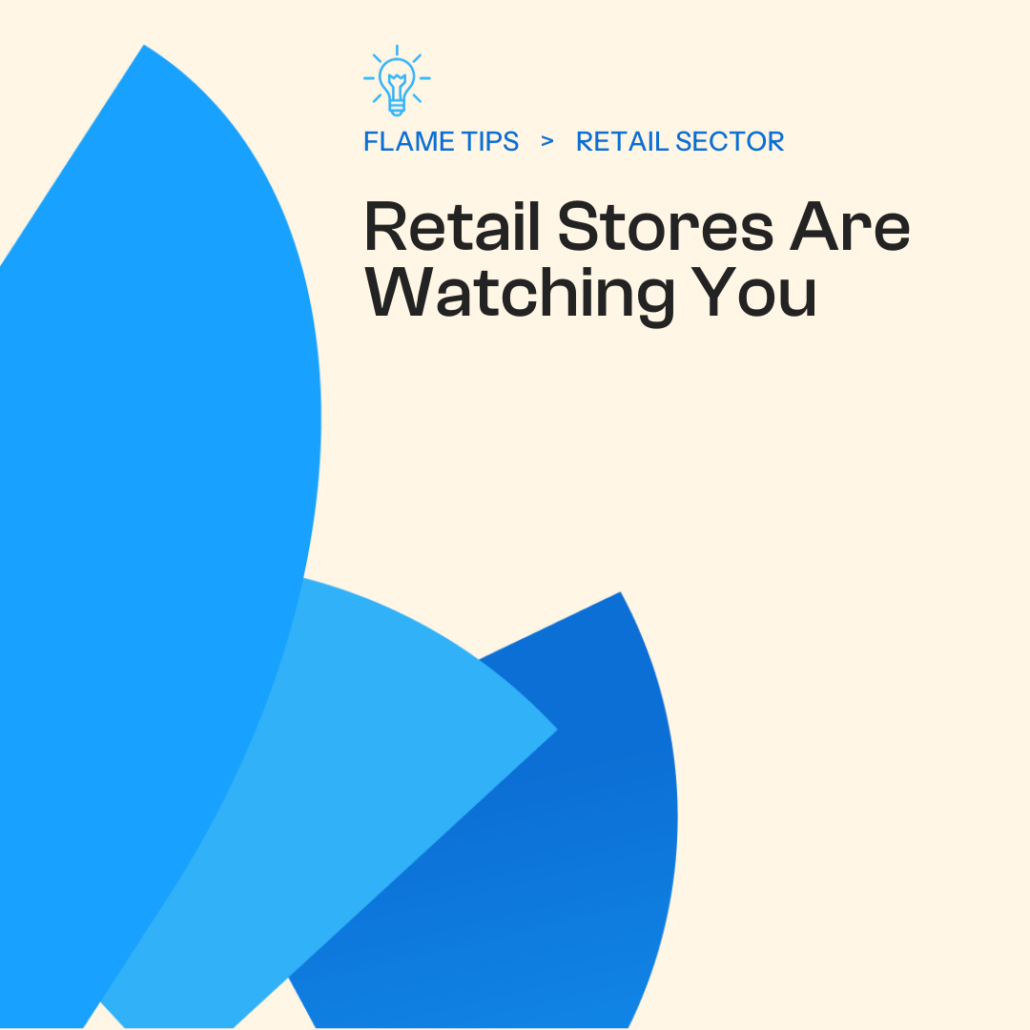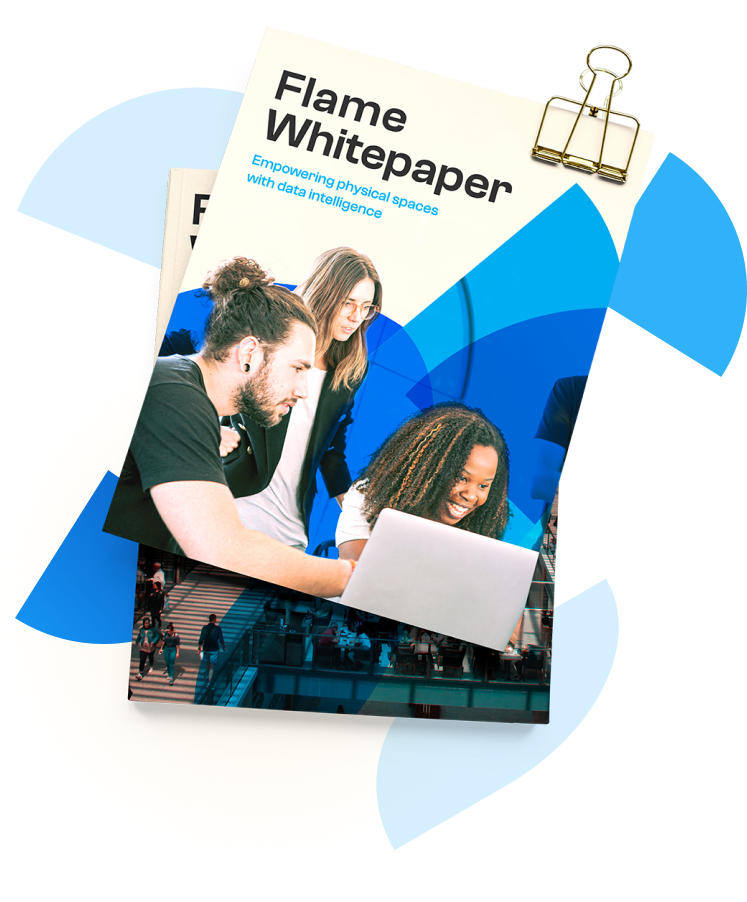Every company struggles to obtain new buyers and spends substantial sums on customer acquisition. Then the main aim is to make these clients regular ones and reimburse your expenses and increase the profitability of the business. If done right, customer retention marketing strategies can be highly efficient at this stage.
There is a wide range of reasons why people return to brands. The first is the product/solution. Then comes the shopping experience, whether it’s offline or online.
Online retailers should increase the website’s loading speed, ensure mobile-friendliness, and take care of usability (that’s why so many online stores opt for an eCommerce site search solution and other comfortable functionality). And of course, customer service and many other aspects also matter. But largely, such behavior is defined by marketing efforts.
In the meantime, if about 44% of brands pay much attention to client acquisition, only 18% focus on customer retention. It’s alarming statistics given that it’s easier to sell products to familiar clients rather than new ones. This article will discuss five working hooks for building long-lasting consumer relationships, leading to customer loyalty and retention. To illustrate the ideas, we’ve chosen customer retention strategies in retail and examples from small stores.
1. Coupons & Loyalty Programs
It might be the most straightforward yet efficient means of attracting people and making them return to your offline store for more. Firstly, encourage them to subscribe to your newsletter by offering a discount. This trick raises the chances of signing up. Then you send attractive proposals so that clients get interested and revisit the store. You can also provide a discount for referring a friend to the store or lower the price on the next item/order when achieving the minimal threshold.
Loyalty programs are the advanced tier of retention. Accumulative discounts and secret sales for the “club members only” are a practice that stimulates making more purchases. For example, you can give bonuses for following your business account on social media, purchasing certain items, or creating an account.
Below is a screenshot taken from the Chubbies Shorts website. The store lets you earn points for online and offline activities, purchases, reviews, and many more. Then, you can redeem the points at checkout that transform into a $5 to $50 discount.
2. Send-outs & Push Notifications
After shoppers leave your store, it’s time to “catch them up” (delicately and pertinently, please!). Show your interest in continuing communication with them after a sale. There are two ways to convince one to return: newsletters and push notifications. Ask consumers to leave an email address or phone number or subscribe to the website/app notifications.
Not every website can send push notifications, but nowadays, it is possible. However, bear in mind that every smartphone owner receives plentiful reminders. Thus, if you bother them too frequently, you may end up being banned from sending anything on your customers’ phones. But when an item from one’s wish list is back in stock or goes on sale, it’s a perfect occasion to notify buyers as soon as possible. Send the most enticing offers.
Newsletters are also among the appealing customer retention marketing strategies. There are several types of promotional emails that you can leverage:
- Welcome letters for newcomers. These messages may include discounts, beneficial offers, and a brief overview of the newest collection or bestsellers. Take a look at the screenshot below from a bag brand Delaroq. The algorithms detected that I signed up but didn’t use a promo code. So, they sent me a reminder shortly after I left the website.
- Abandoned cart letter. When a user adds something to the cart and then leaves the website, some brands send emails with these incomplete orders. It’s wholesome because sometimes people are diverted from ordering or decide to think for some time and eventually forget about an item.
- Classic promos. They might list sale positions, new arrivals, previously viewed goods, and special offerings only for subscribers.
3. Customer Support and Accessibility to Boost Customer Loyalty and Retention
To turn irregular buyers into repeat purchasers, you have to ensure them the comfiest shopping experience ever. This impression consists of many factors, from the overall website performance and functionality to customer service. How can customer service contribute to better sales and retain clients? You can do that by following some of the guidelines below.
- Omnichannel presence. Be reachable via all means of communication: live chat/chatbot, social media, email, and phone. Local brands often overlook the significance of staying in touch and justify this by the lack of staff. But there can be no excuses since you can at least implement a chatbot.
- Facilitating the shopping process for all. Among your customers are people with various health conditions: severe myopia, dyslexia, daltonism, mobility difficulties, and so on. Don’t forget about the elderly and other vulnerable groups.
As the aspiration toward full inclusion is an integral part of a global agenda, we’d recommend you consider tools for accessibility improvement. Here is how an offline store can achieve accessibility in its customer retention strategies in retail:
- build dressing rooms large enough to fit wheelchairs;
- store heavier items on lower shelves;
- implement audible wayfinding systems to assist visitors with sight and orientation issues.
Final Word
Many marketing tools and customer retention strategies for small businesses exist to trigger buyers to visit stores time after time and tighten links between brands and consumers. These close and warm relations are vital for each small business because they significantly contribute to your entity’s reputation and particular metrics like a customer lifetime value. Try using at least a few of the abovementioned approaches to outperform rivals and cater to your clients.
About the Author
Art Malkovich is a co-founding partner and CEO at Onilab. The company develops eCommerce websites and progressive web apps on a turnkey basis, offers store migration and UX/UI design services. Art has a phofound expertise in web development, project management, and data analysis. He strives to keep the team one step ahead with a current focus on headless commerce.
